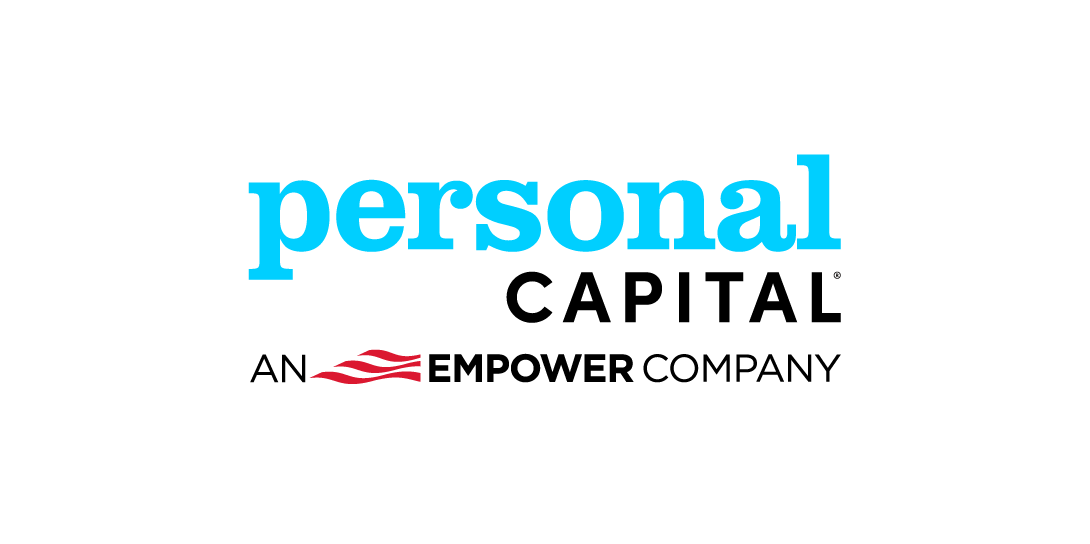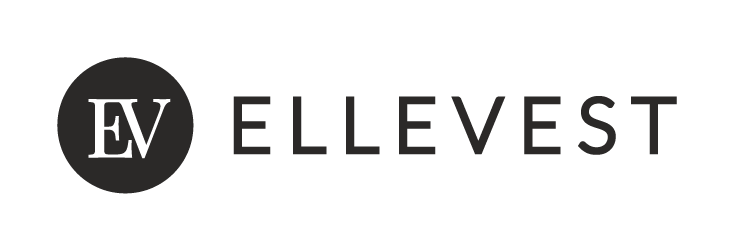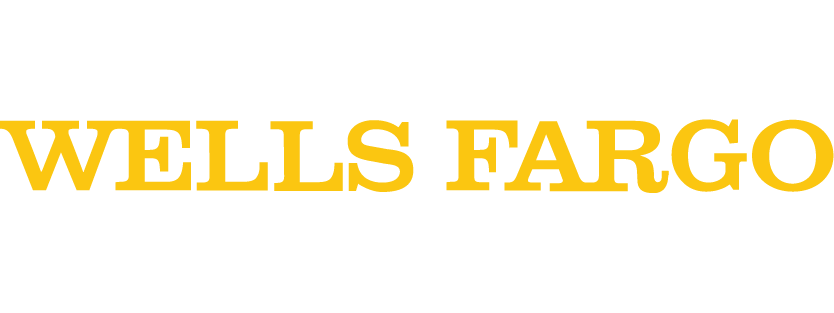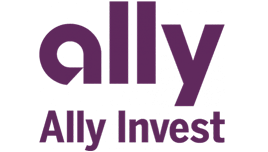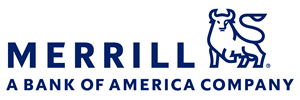SoFi Automated Investing review 2024
The Bankrate promise
At Bankrate we strive to help you make smarter financial decisions. While we adhere to strict , this post may contain references to products from our partners. Here's an explanation for .
SoFi Automated Investing: Best for
SoFi Automated Investing offers a low-cost robo-advisor that’s a great fit for cost-conscious investors and SoFi clients. Unlike most robo-advisors, Automated Investing doesn’t charge a management fee, and it also offers some of the cheapest funds around, making it one of the lowest-cost players in the industry. Despite this, clients still have access to certified financial planners for no extra cost, though they won’t have access to some premium features such as automated tax-loss harvesting or socially responsible investment funds. The minimum account size is just $1, meaning anyone can get started, another feature that makes it a solid pick for the cost-conscious.
If you’re looking to build a wider relationship with SoFi, a robo-advisor account here could make a lot of sense. However, others may appreciate keeping their assets under one roof at Schwab Intelligent Portfolios or Fidelity Go, the robo-advisors at those two financial powerhouses. Those on the hunt for premium features may also like Wealthfront.
We want to know what you think about SoFi Automated Investing
Do you have experience with SoFi Automated Investing? Let us know your thoughts.
SoFi Automated Investing: In the details

- Cost-conscious investors
- SoFi clients
- Newer investors

- Cost-conscious investors
- SoFi clients
- Newer investors
Pros: Where SoFi Automated Investing stands out
Low-cost management and funds
SoFi Automated Investing’s biggest draw is its low cost, and customers should have no arguments around the company’s management fee: zero. That compares favorably to the industry as a whole, where the standard is 0.25 percent, or $25 per $10,000 invested annually. SoFi is one of a handful of robo-advisors that charge nothing, with Schwab Intelligent Portfolios being another.
SoFi constructs its portfolios with nine ETFs representing broad swaths of the market (emerging markets and small-cap ETFs, for example). SoFi uses a couple of its own funds (more on this later) and most of the rest come from Vanguard, a well-known low-cost leader in funds.
These funds (with just one exception) are cheap, allowing you to build a portfolio that costs very little. The Vanguard funds used are among the cheapest around, with expense ratios below 0.10 percent, or a cost of $10 annually for every $10,000 invested. In fact, several of the funds cost less than half of that.
All in, it should be easy to build a portfolio that costs little. Between SoFi’s free management and the low-cost funds, you could easily pay less than $10 per year for each $10,000 invested. That puts SoFi among the cheapest portfolios out there.
Automatic rebalancing is included in the package. If your actual portfolio starts to drift from your target allocation (if stocks outperform bonds, for example), SoFi will bring it back in line.
Bankrate staff insight
“SoFi’s robo-advisor feels no-frills, but it does the basic stuff fine,” says one Bankrate staff member with an account. “And the price is right. SoFi charges no advisory fee, and the funds are low-cost, too. Surprisingly, you do get access to certified planners, which is not something I’d expect given the price point here. But you do miss other features such as tax-loss harvesting, which is not meaningful with an account of my size.”
Access to certified financial planners and support
You’re not paying a management fee, so SoFi must be skimping on service somewhere down the line, right? If so, it doesn’t appear to be in financial advisors. You’ll be set up to speak with certified financial planners (CFPs), who abide by a fiduciary code to act in your best interest. They can help you with answers to less common investing questions and developing a financial plan.
You’ll also be able to reach customer service representatives via the phone seven days a week at convenient times. Being able to get answers to questions with a phone call may be increasingly uncommon, so this is a plus for SoFi.
Easy to get started
It’s easy to get started with a SoFi Automated Investing account. You’ll run through a few questions on your investing goals, when you need the money, and which of five model portfolios you’d like to have (conservative, moderately conservative, moderate, moderately aggressive and aggressive). And then you’re done in a few minutes. (If you need to, you can always go back and quickly edit your model portfolio with a couple clicks.)
Then you’ll be prompted to transfer funds, where you can connect your SoFi account to your bank account. You can do this with instant verification, and you’ll be prompted to set up a recurring deposit. Or you can make a one-time deposit and be on your way. It only takes $1 to get started, so don’t worry if you don’t have a lot to contribute at first. SoFi buys fractional shares in your account, so your money will be fully invested.
The money will be invested in your portfolio as soon as it arrives in the account.
Cash management account
You won’t get a cash management account as part of Automated Investing, but that may be a moot point, since you can open one on the SoFi site anyway. Since you already have a SoFi account, you can open this account quickly and move money between your accounts easily.
A SoFi Banking account offers core bank functionality – mobile banking, money transfer, a debit card and more – without a monthly fee. You’ll also be able to earn an attractive interest rate on the account once you set up direct deposit.
So you’ll get much the same functionality as a cash management account through your robo-advisor account, though you won’t enjoy some features, such as margin loans.
SoFi membership benefits
Using SoFi may entitle you to become a member, giving you access to a number of benefits. These benefits include rate reductions on SoFi loans, local networking events, career coaching and more. You don’t necessarily have to use Automated Investing to receive these benefits, and SoFi offers them to others who use one of its many financial services.
Cons: Where SoFi Automated Investing could improve
No tax-loss harvesting
SoFi doesn’t offer tax-loss harvesting, and it’s a valuable feature in the industry, so it’s surprising that SoFi doesn’t provide it. Tax-loss harvesting allows you to optimize your tax bill while still being invested, and it’s just a smart (and perfectly legal) way to use the tax code to your advantage. It’s a key disadvantage against rivals Wealthfront and Betterment, both of which do offer the tax-saving feature.
No socially responsible investing option
SoFi does not offer a socially responsible investing option as one of its portfolios used in the automated platform, which is a hole in SoFi’s lineup. This feature has become common for many robo-advisors as younger investors express more of an interest in how their money is invested and the impact it has. Investors interested in taking this approach might consider robo-advisor options such as E-Trade Core Portfolios or Wealthfront, each of which offers socially-responsible funds.
Lack of transparency
It’s not as easy as it should be to find information on SoFi’s site, and you may have to turn to the fine print and legal documents to find the particulars that you need to know.
When you’re dealing with money, you want the costs to be laid out very clearly, and that’s something that SoFi doesn’t do as effectively as it could for its automated investing product. While it’s easy enough to see that it doesn’t charge any management fee (for now), it’s difficult to find what a typical portfolio might pay in terms of fees. Naturally, each portfolio will pay something a little bit different, depending on the specific funds and how they’re weighted in the portfolio.
The company does disclose what you will pay for its in-house ETFs, both of which have no expense ratio (for now at least) and which may be included in some automated portfolios.
But as for which other ETFs you might invest in? That’s not clear before you actually open an account and click through to the fine print. Contrast this to Schwab Intelligent Portfolios and others, where you see every investible fund and its cost before you even sign up.
Conflict of interest
Because SoFi may invest your portfolio in its own in-house funds, it has a conflict of interest. It discloses this conflict and which of its funds its robo-advisor might invest in after you sign up. As noted above, at least for now the expense ratio on SoFi funds used in the automated investing plan is waived. This may change later on, however, so you may pay fees in the future.
That said, SoFi discloses that its financial advisors are salaried and not paid on commission, helping to eliminate a key conflict of interest. That’s an important factor to note, since it eliminates one of the most likely places for egregious misconduct, when an advisor tries to upsell a client on a product they don’t really need.
Basic portfolios
Compared to portfolios offered by other robo-advisors, SoFi’s portfolio construction will feel basic, with its five model portfolios for taxable accounts and five for retirement accounts. The allocations between stocks and bonds range from an all-bond portfolio (conservative) to all stocks (aggressive).
That said, the simplicity in the portfolios is not necessarily a bad thing, since so much in finance is unnecessarily complex. Given the sophistication of other robo-advisor platforms, you might feel a bit underwhelmed by SoFi’s platform, but don’t let that concern you too much.
Review methodology
SoFi Automated Investing customer reviews

SoFi Automated Investing has 16 reviews
Dive into community reviews below and see what others think about SoFi Automated Investing.
In July 2024, Bankrate collaborated with a third-party vendor to survey 800 brokerage and robo-advisor account holders nationwide. Bankrate and our vendor collected and summarized account holder responses to five rating questions on a 5-point scale as well as open-ended reviews of the account experience. Responses are based on individual account holder product details, and therefore cannot be verified for accuracy. User ratings are unedited and have not been reviewed or approved by the associated brokerage or robo-advisor, nor do these responses reflect Bankrate's own expert review of these banking products.
Community Reviews
Thank you for sharing your experience with Bankrate










